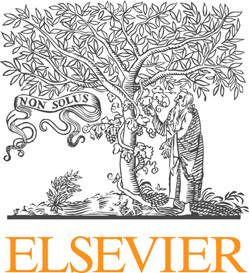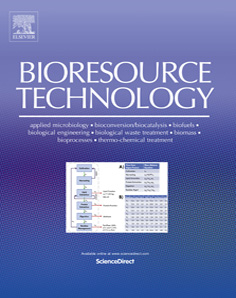 |
Bioremediation and lipid synthesis through mixotrophic algal consortia
in municipal wastewater |
 |
Durga Madhab Mahapatra a,b H.N. Chanakya b,c Ramachandra T V a,b,c,*
a Energy & Wetlands Research Group, Center for Ecological Sciences [CES],
b Centre for Sustainable Technologies (astra),
c Centre for infrastructure, Sustainable Transportation and Urban Planning [CiSTUP],
Indian Institute of Science, Bangalore, Karnataka, 560 012, India
*Corresponding author: cestvr@ces.iisc.ac.in
 |
Citation : Durga Madhab Mahapatra, H N Chanakya, Ramachandra. T.V, Bioresource Technology, Volume xxx 2014, 1-9 pages.
Keywords : Mixotrophic algal consortia, Lipid, Wastewater treatment, GC–MS, SEM-EDXA
Publisher : Elsevier Ltd.
PDF |
 |
|
|
Abstract
Algae grown in outdoor reactors (volume: 10 L and depth: 20 cm) were fed directly with filtered and sterilised municipal wastewater. The nutrient removal efficiencies were 86%, 90%, 89%, 70% and 76% for TOC, TN, NH
-N, TP and OP, respectively, and lipid content varied from 18% to 28.5% of dry algal biomass. Biomass productivity of ~122 mg/l/d (surface productivity 24.4 g/m2/d) and lipid productivity of ~32 mg/l/d were recorded. Gas chromatography and mass spectrometry (GC–MS) analyses of the fatty
acid methyl esters (FAME) showed a higher content of desirable fatty acids (bearing biofuel properties) with major contributions from saturates such as palmitic acid [C16:0; ~40%] and stearic acid [C18:0; ~34%], followed by unsaturates such as oleic acid [C18:1(9); ~10%] and linoleic acid [C18:2(9,12); ~5%]. The decomposition of algal biomass and reactor residues with an exothermic heat content of 123.4 J/g provides the scope for further energy derivation.
|
|
|
|



